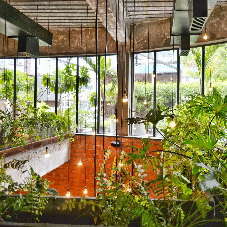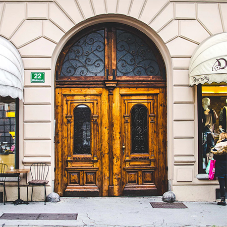The concept of bringing the outside inside and incorporating outdoor living in to everyday life is a huge design trend in the home improvement market. One key way of achieving this is the installation of large, glass panel doors that open up on to your garden or outside space, but which solution is better? Ultra-modern and trendy bi-folding doors or glass sliding doors? In this blog we debate the pros and cons of each.
Aesthetics

click here for more info
A major driver for specifying large glass doors is aesthetics, but which solution comes out on top? Sliding doors have a higher glass to frame ratio meaning uninterrupted views when doors are closed, bi-folds however require more frame meaning less glass and more panelling breaking up the view. That being said, bi-folds can replace a whole wall of a room, house or extension meaning creating a more modern look. When open bi-folds can be opened fully for an uninterrupted view outside. With sliding doors, on the other hand, only one door can open, meaning there would still be a barrier between outside and in. Be aware that bi-folds do take up some space inside and outside of the home when open and could possibly encroach on living space.
Practicality

click here for more info
If something doesn’t work well for everyday use it is not a practical specification option. What will work best for the client? Sliding doors are easy to manoeuvre along their tracks as long as they are kept clean, however most sliding door options are not available on flush tracks. This means that a small lip or step down would be created. Bi-fold options do tend to come with flush tracks meaning a level threshold, which could be ideal for wheelchair users, older people or families with young children. One practicality issue that could arise with bi-folds is the need to push the whole door back for in and out access, however, many bi-fold options also come with traffic doors to prevent this issue. With bi-folds an area inside the house needs to be kept clear in order for the doors to fold back fully.
Cost and added value

click here for more info
By and large bi-folding doors are the more expensive option, prices can vary depending on quantity of door leaves required and the size required. On average they cost around £1000 per door leaf. Sliding doors are the more cost effective option with a mid-range cost. Sliding doors can be bought “off the shelf” and don’t often require too much customisation. They are on average around £1600 to £2100 for the whole unit including installation. Despite their hefty price tag it might still be worth considering bi-folding doors as due to a rise in popularity they are highly likely to increase the value of a home.

click here for more info
Bi-folding doors can offer wide, open access to the outdoors when open but do offer an interrupted view when closed. They can replace a whole wall of the home, creating a desirable modern aesthetic, but do take up a lot of space inside and out when open. They offer a threshold-less solution making them ideal for small children, the elderly and the disabled and a traffic door can be included for easy access. However, they are expensive but can add great value to a property.
Sliding doors offer an uninterrupted view outside whilst closed and have a higher glass to frame ratio than bi-folding doors, however they are unable to open all the way still creating a barrier between house and garden. Most sliding door installations are unable to be installed on a flush track meaning they will create a step-over threshold or step down. A cost effective option compared to bi-folding doors as they are evenly priced and don’t often require much customisation.
Which solution do you prefer?
Find our more on our Doors and Windows hub!
Related Blog Articles


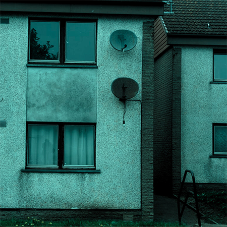

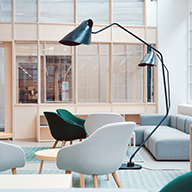

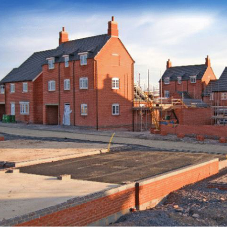


![Residential Sector Market Overview [INSIGHT] Residential Sector Market Overview [INSIGHT]](/20/blogentry/00/05/54/th554.png)
